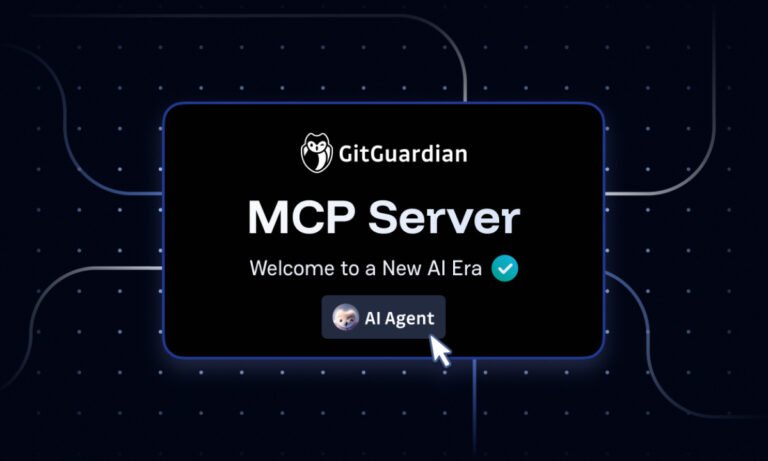
The Cybersecurity and Infrastructure Security Agency (CISA) has issued a high-priority security alert warning of serious vulnerabilities in railway brake control systems that could allow attackers to commandeer train operations and potentially cause catastrophic accidents.
The alert, published on July 10, 2025, identifies critical flaws in the End-of-Train and Head-of-Train remote linking protocol used across the United States rail network.
Serious Security Gaps in Rail Infrastructure
The vulnerability, designated CVE-2025-1727, affects all versions of the End-of-Train and Head-of-Train remote linking protocol, which is fundamental to modern freight and passenger rail operations.
CISA assigned the flaw a CVSS v4 base score of 7.2, indicating significant risk to transportation infrastructure.
The protocol’s weak authentication mechanisms rely solely on BCH checksums for packet creation, creating an exploitable security gap that sophisticated attackers could leverage.
Cybersecurity researchers Neil Smith and Eric Reuter discovered that malicious actors can use readily available software-defined radio equipment to create fraudulent communication packets and transmit unauthorized brake control commands to End-of-Train devices.
This capability could enable attackers to force sudden train stoppages, potentially causing derailments, collisions, or complete brake system failures that endanger passengers and cargo.
The vulnerability affects equipment manufactured by major railway technology companies including Hitachi Rail STS USA, Wabtec, and Siemens, indicating the widespread nature of this security risk across the transportation sector.
The Association of American Railroads (AAR) Railroad Electronics Standards Committee, which maintains the compromised protocol, is actively investigating mitigation solutions while pursuing development of new equipment and communication standards.
CISA emphasizes that while no known public exploitation has been reported, the vulnerability represents a significant threat to critical transportation infrastructure.
The agency notes that successful attacks require adjacent network access rather than remote internet connectivity, which somewhat limits the attack surface but does not eliminate the risk.
CISA has issued comprehensive guidance for railway operators to minimize exposure risks.
Primary recommendations include isolating control system networks behind firewalls, ensuring End-of-Train and Head-of-Train devices are not accessible from internet-connected networks, and implementing virtual private networks for any required remote access.
The agency specifically advises organizations to conduct thorough impact analysis and risk assessments before deploying defensive measures.
Railway companies are urged to contact their equipment manufacturers directly for device-specific security guidance and to implement defense-in-depth cybersecurity strategies.
CISA continues monitoring for potential exploitation attempts while working with industry partners to develop enhanced security protocols that will replace the vulnerable legacy systems currently protecting America’s rail infrastructure.
Stay Updated on Daily Cybersecurity News . Follow us on Google News, LinkedIn, and X.




